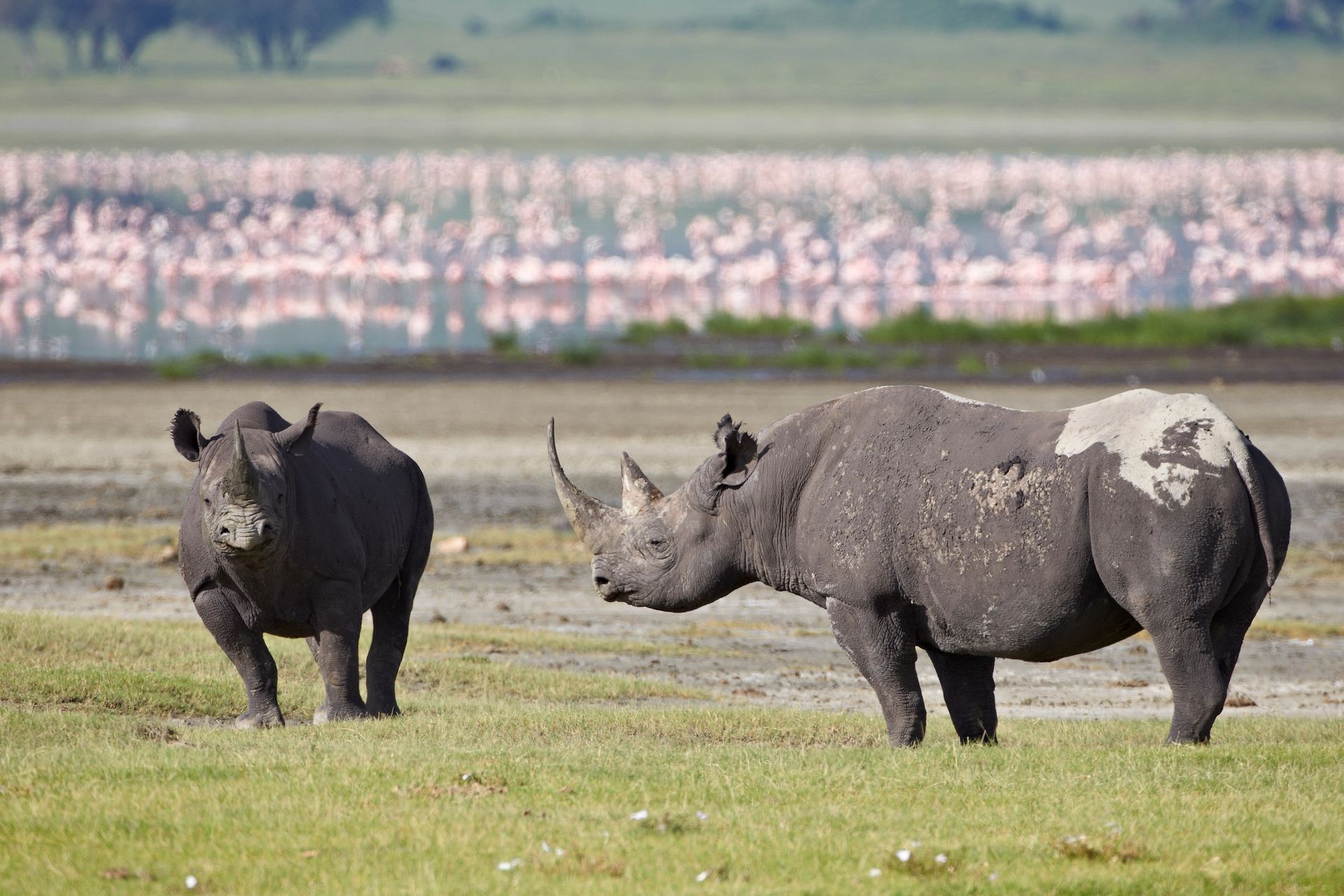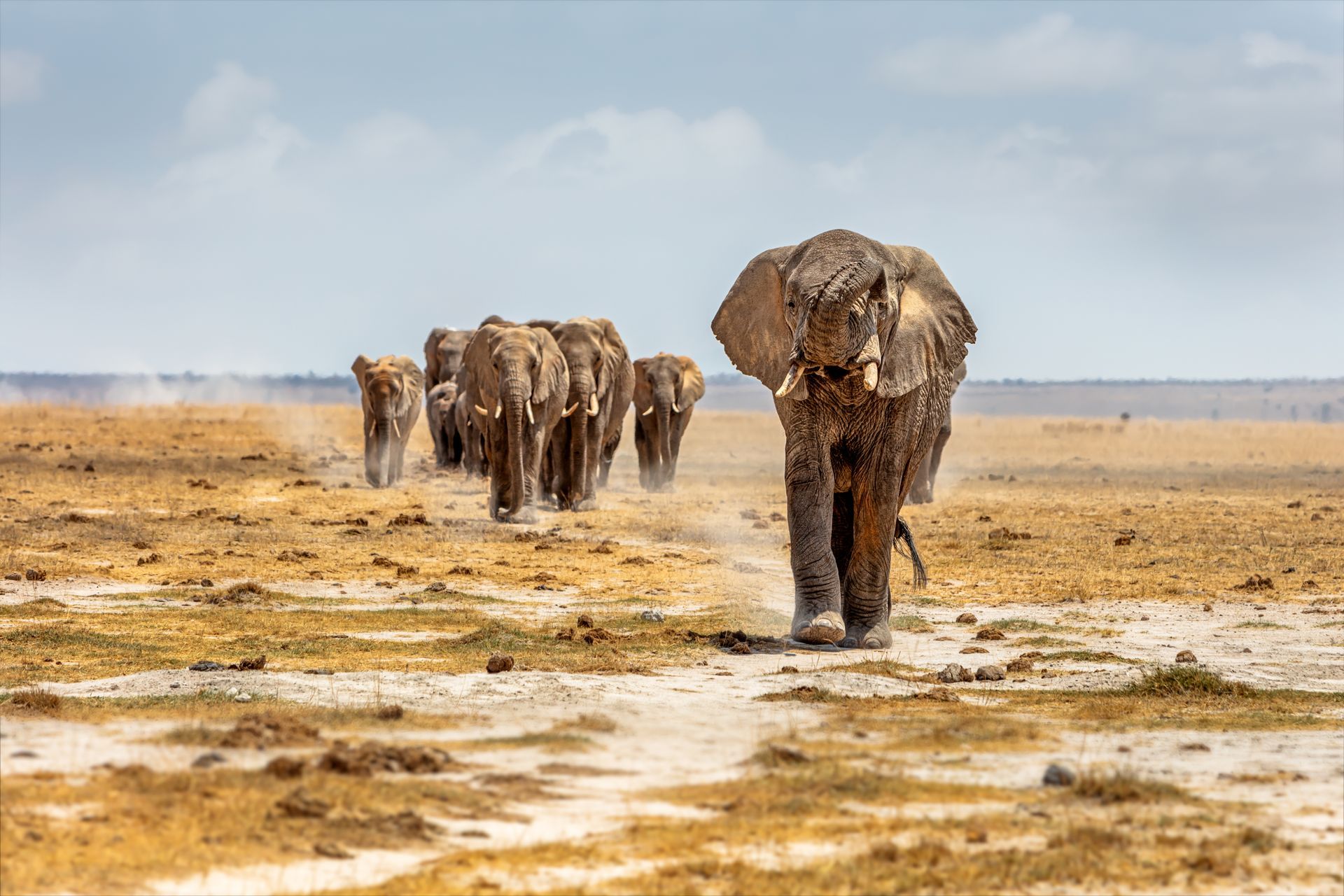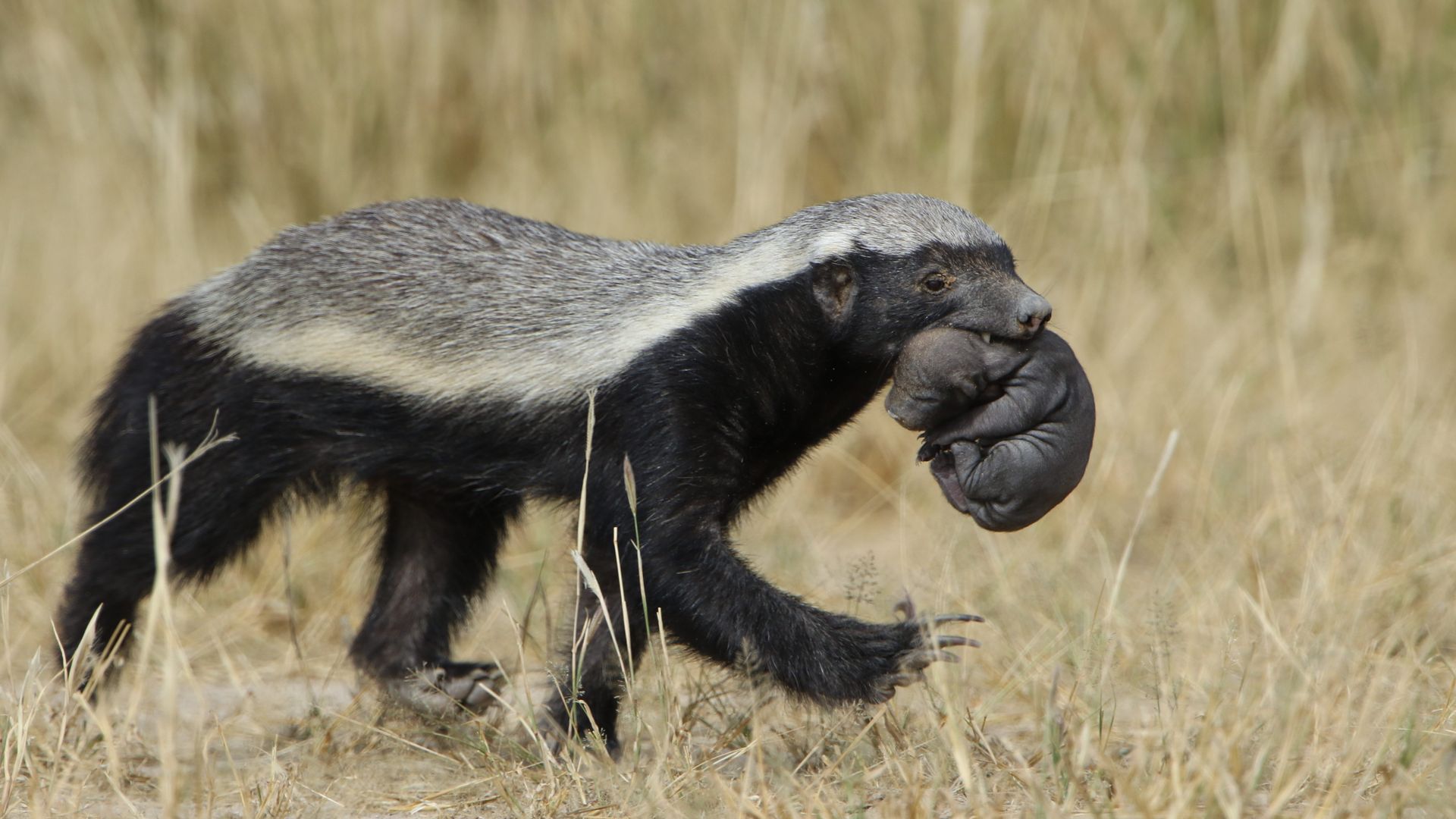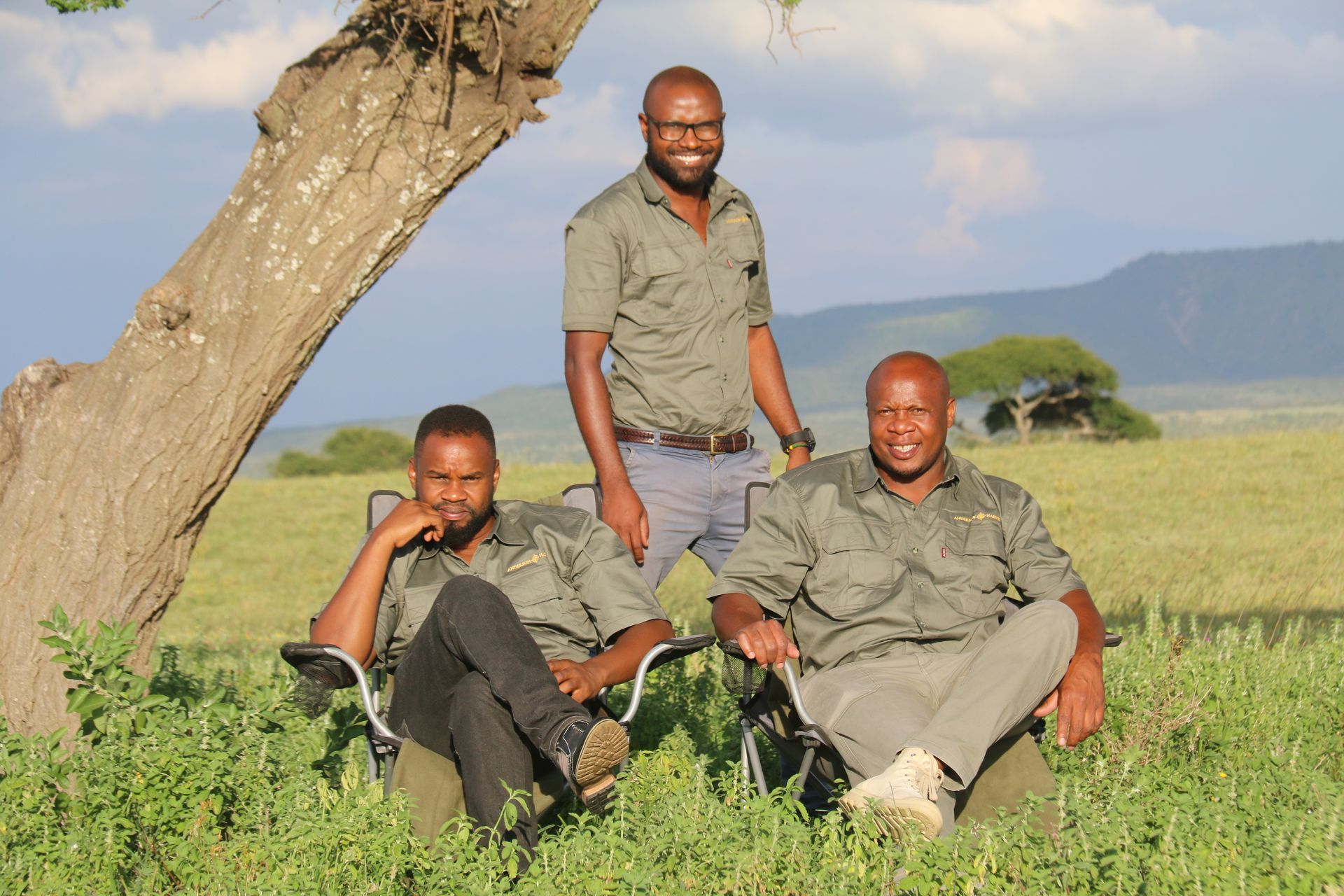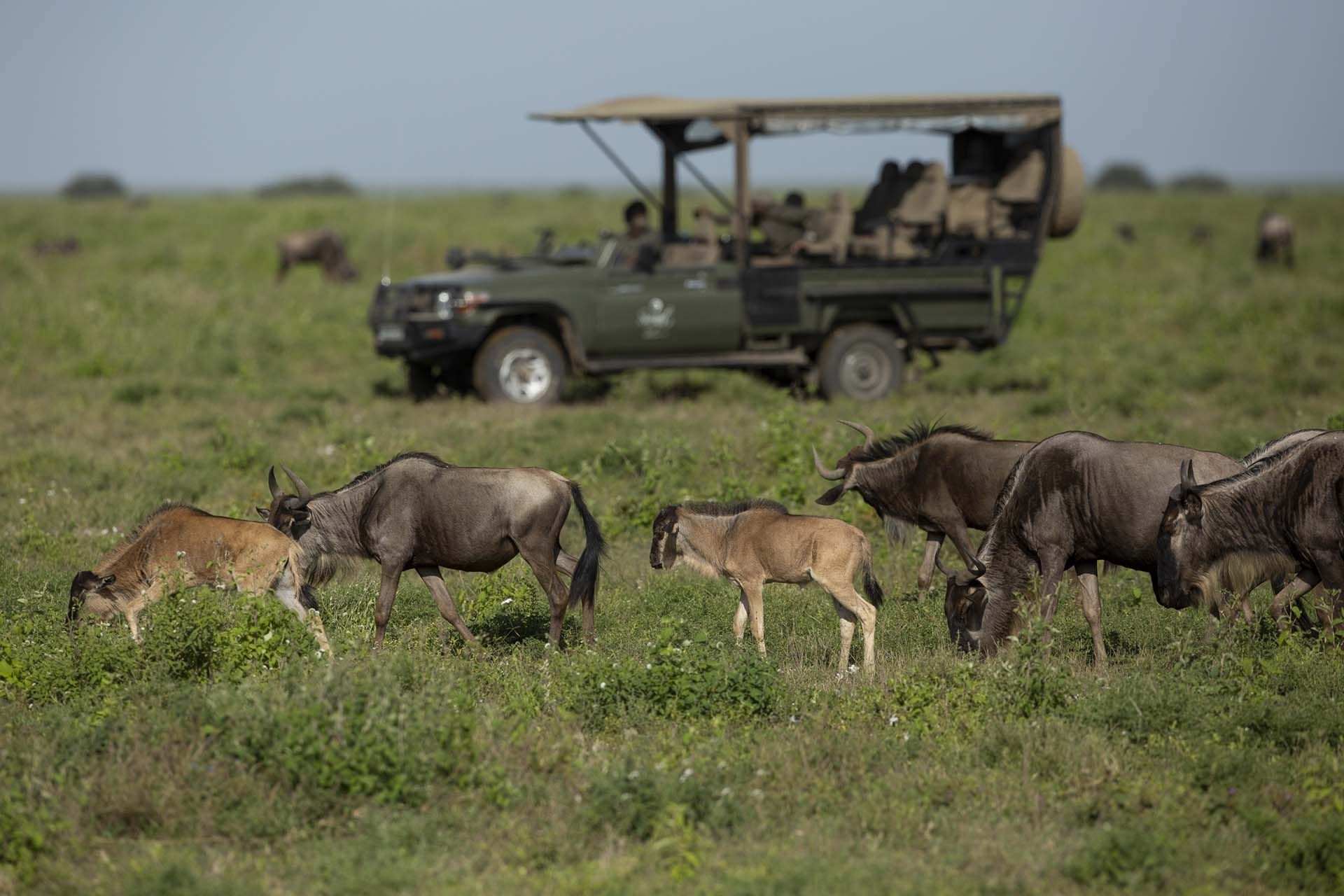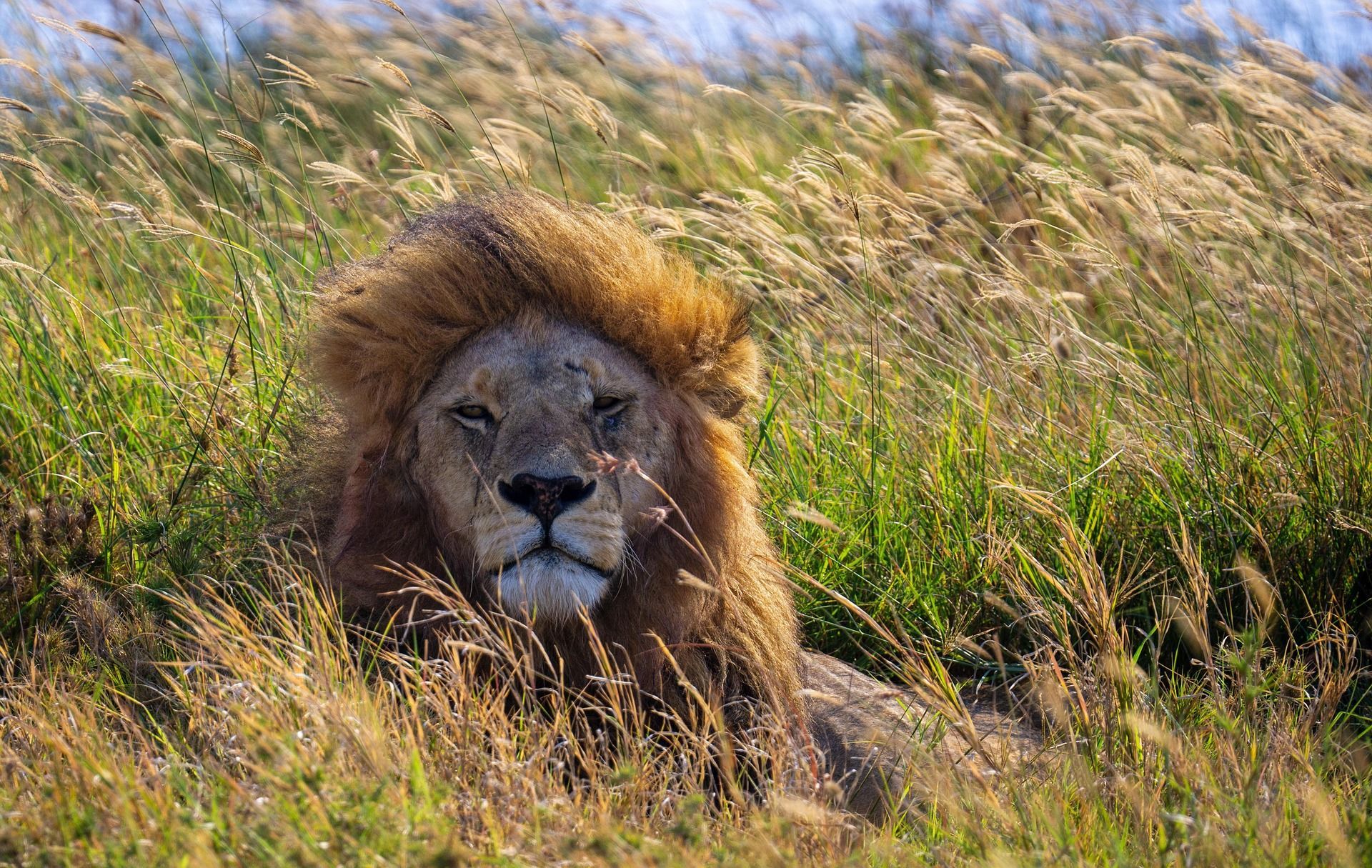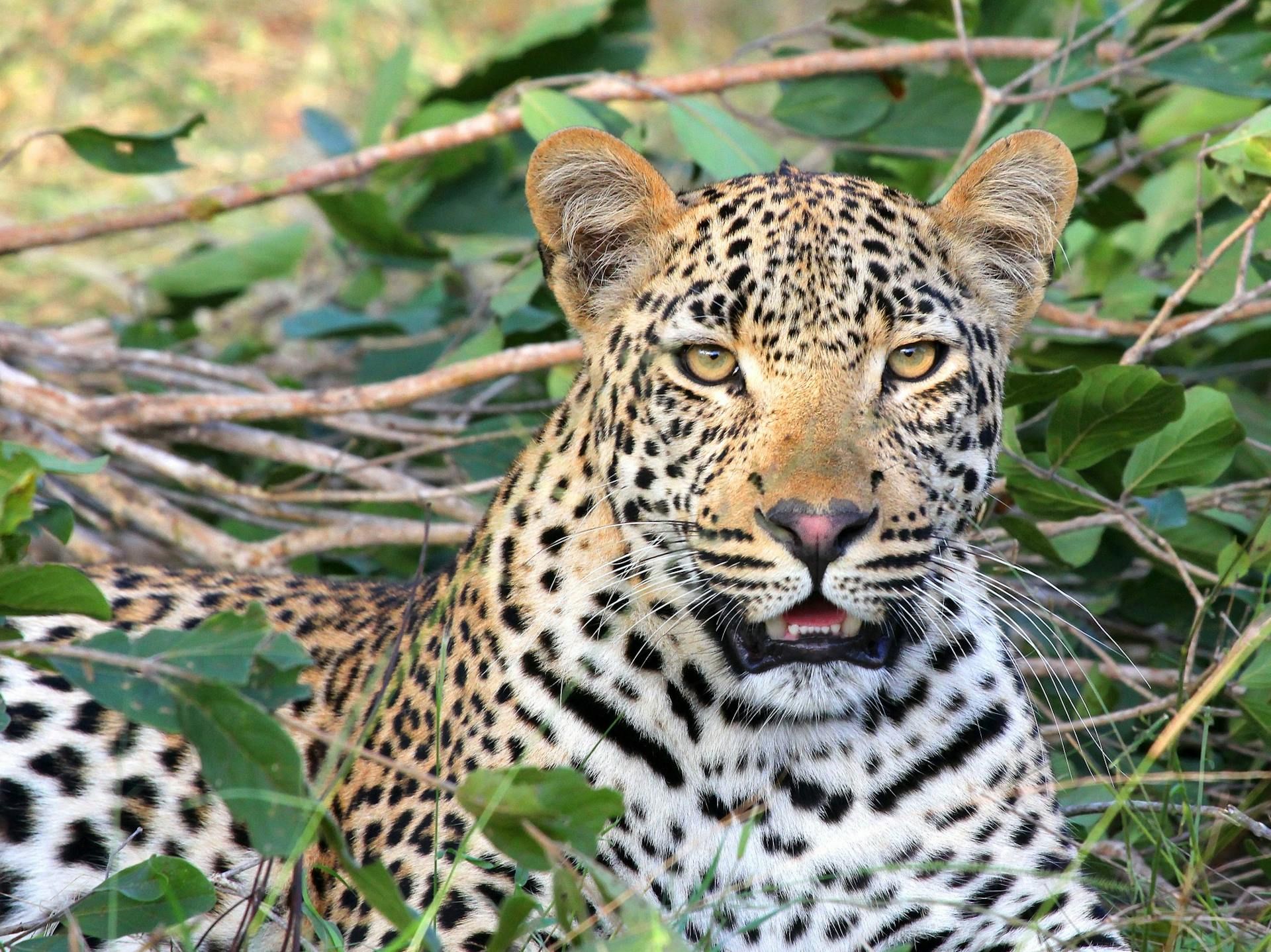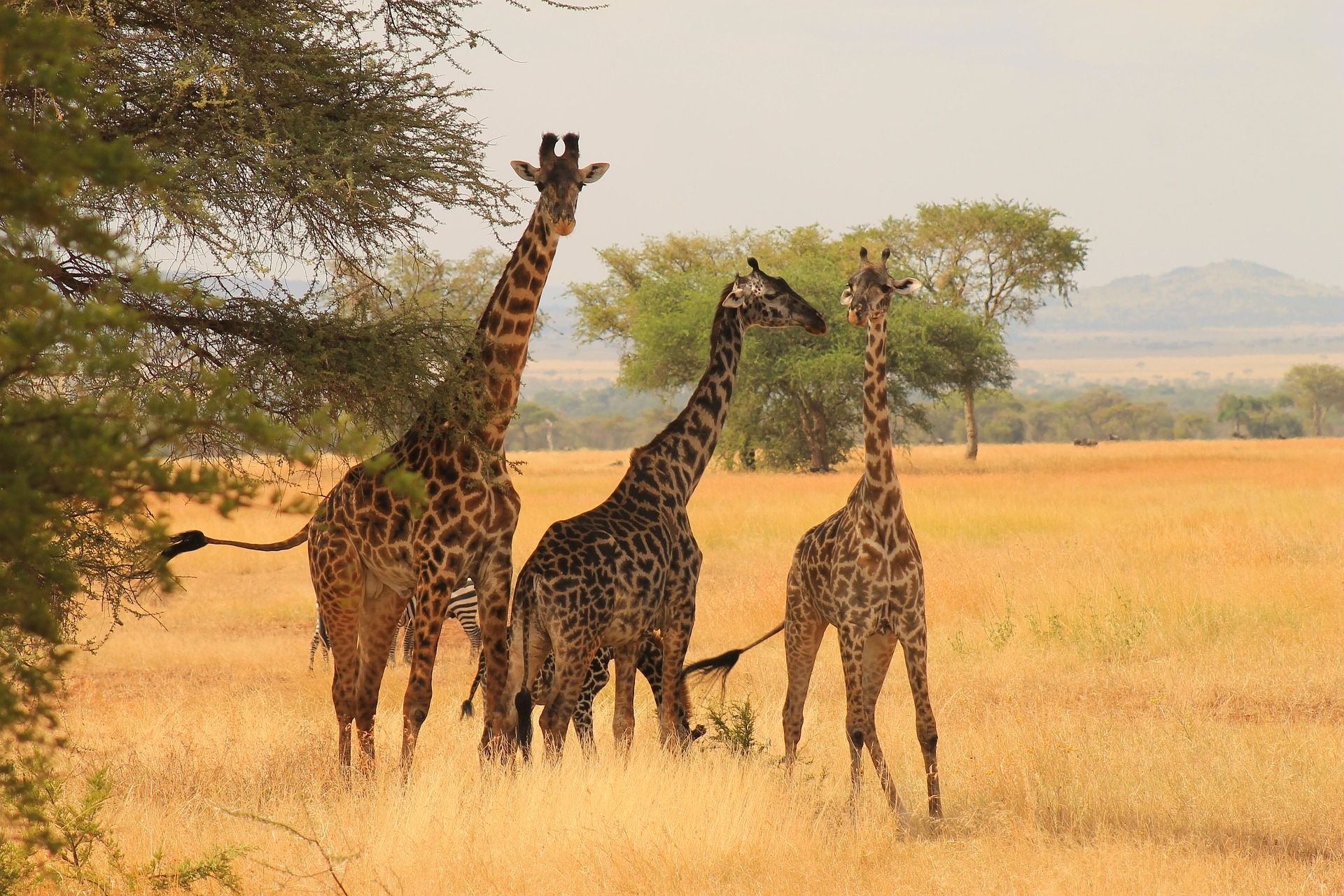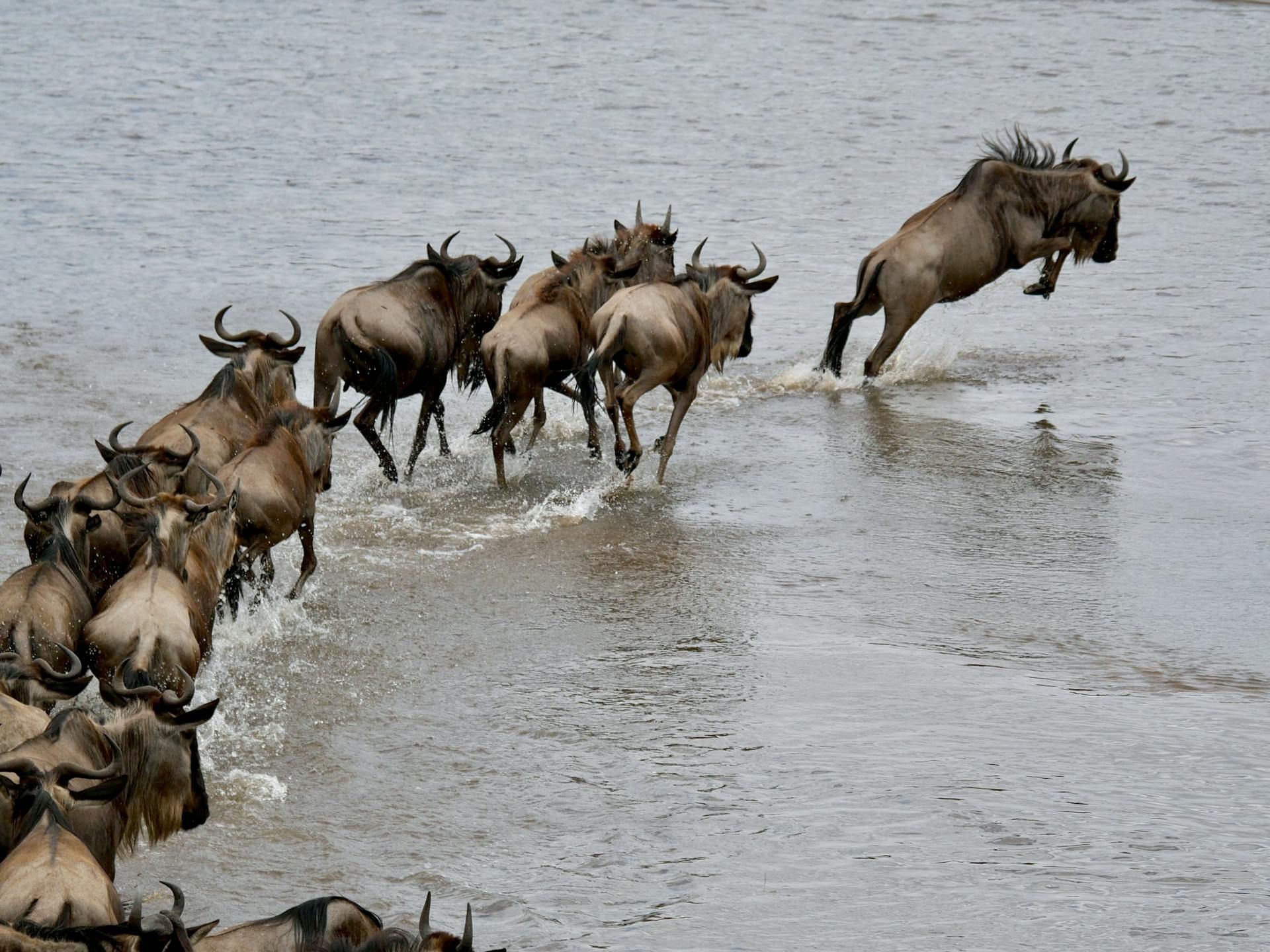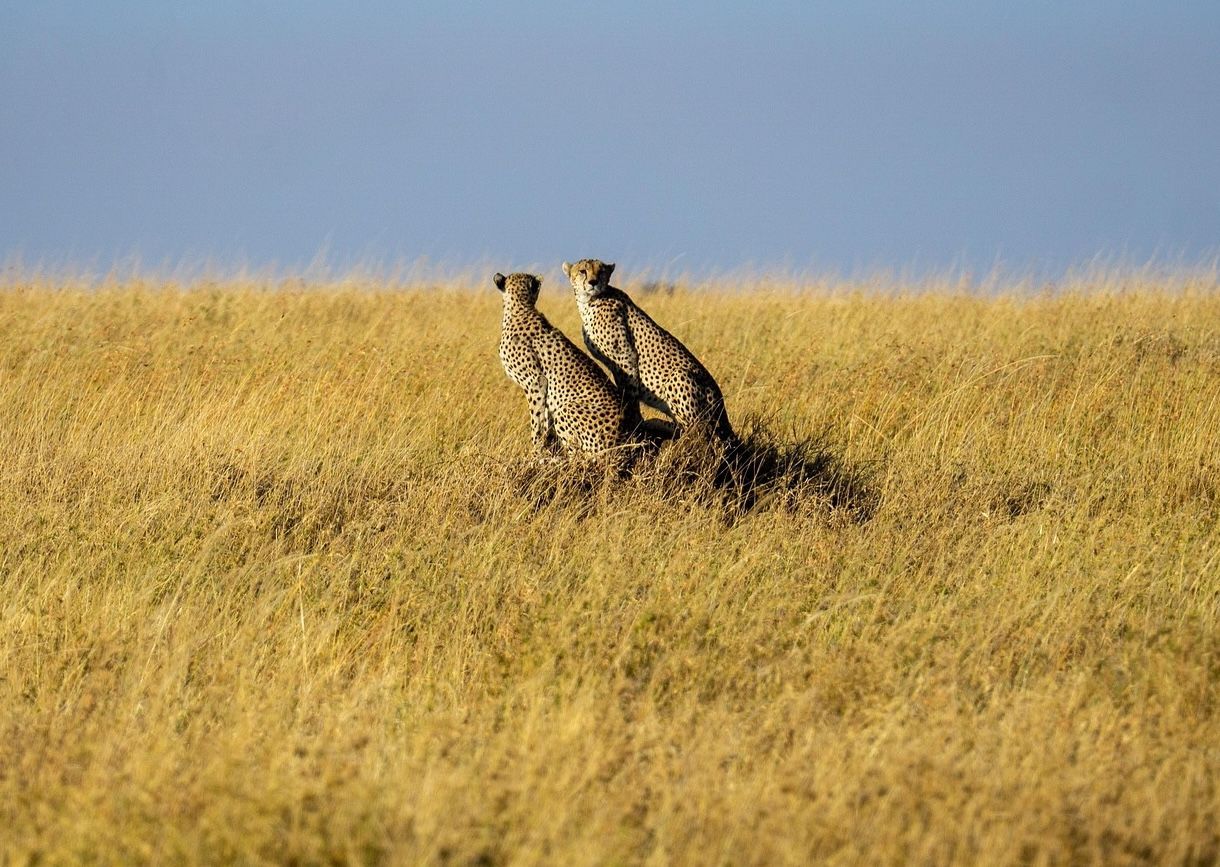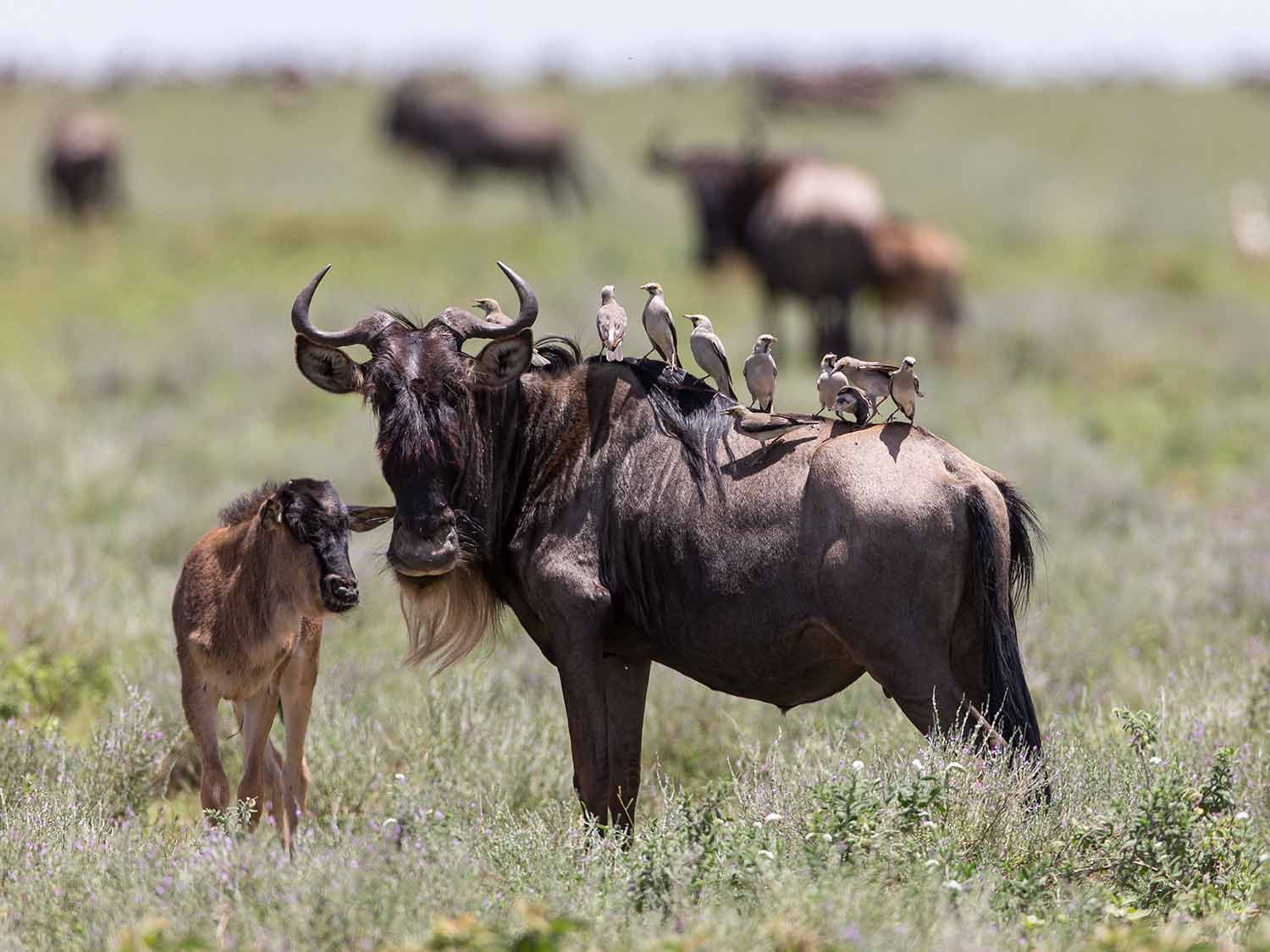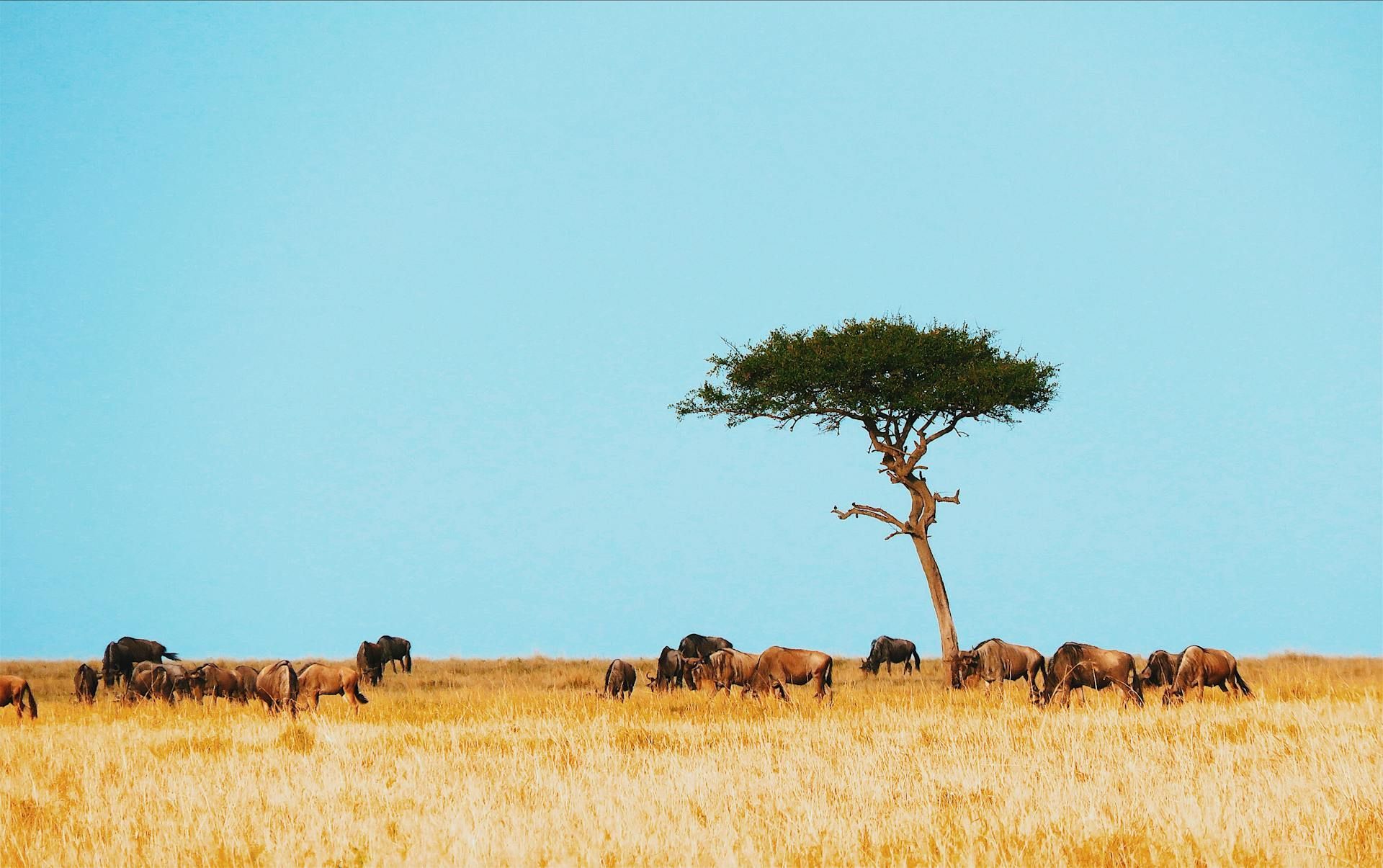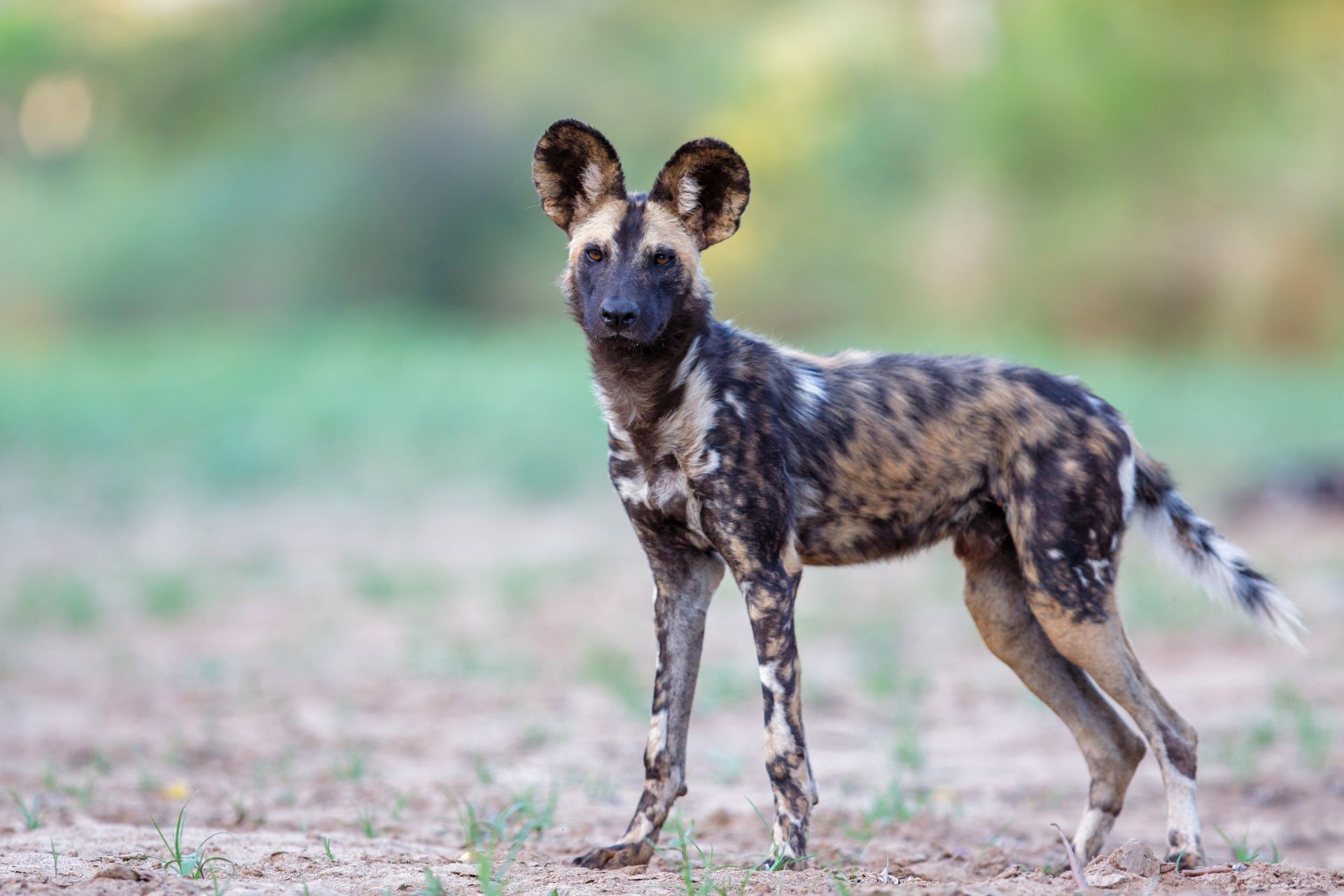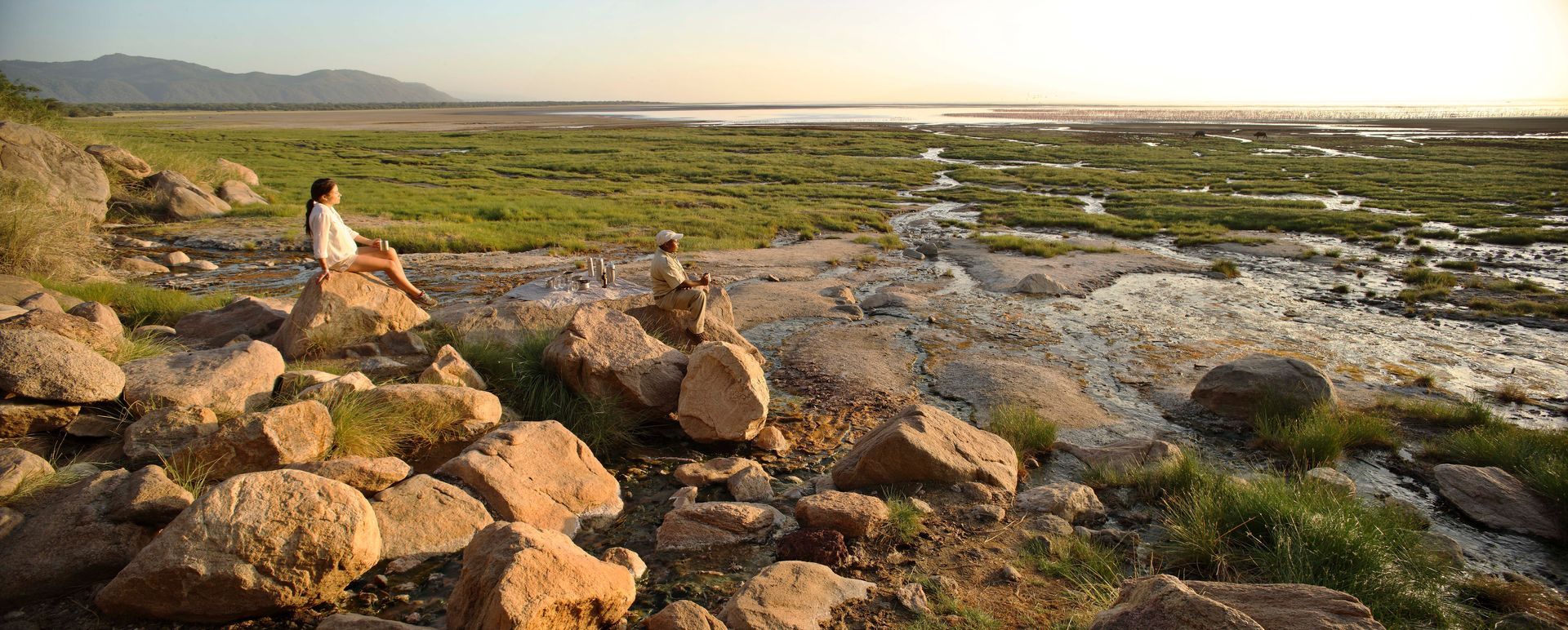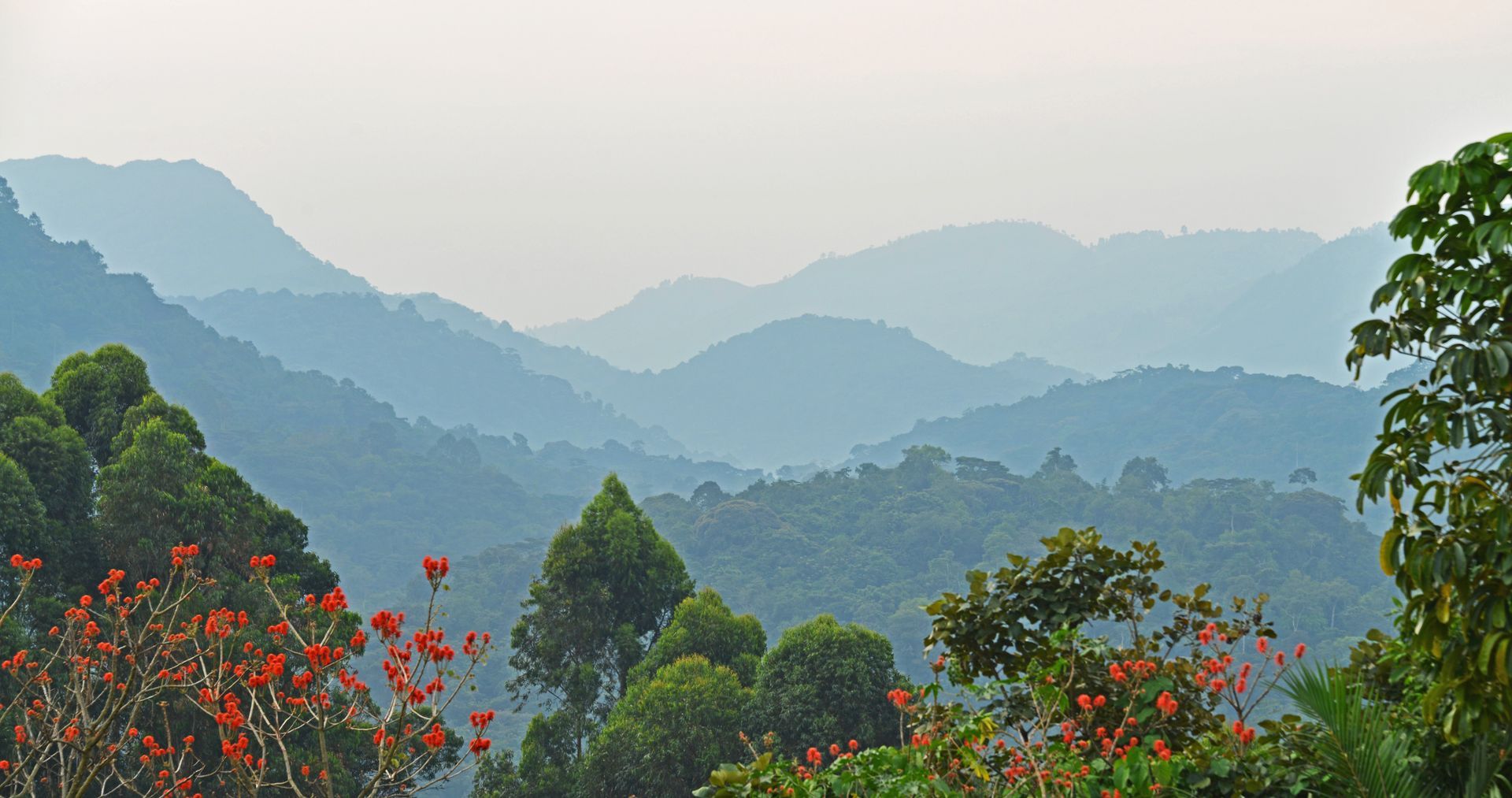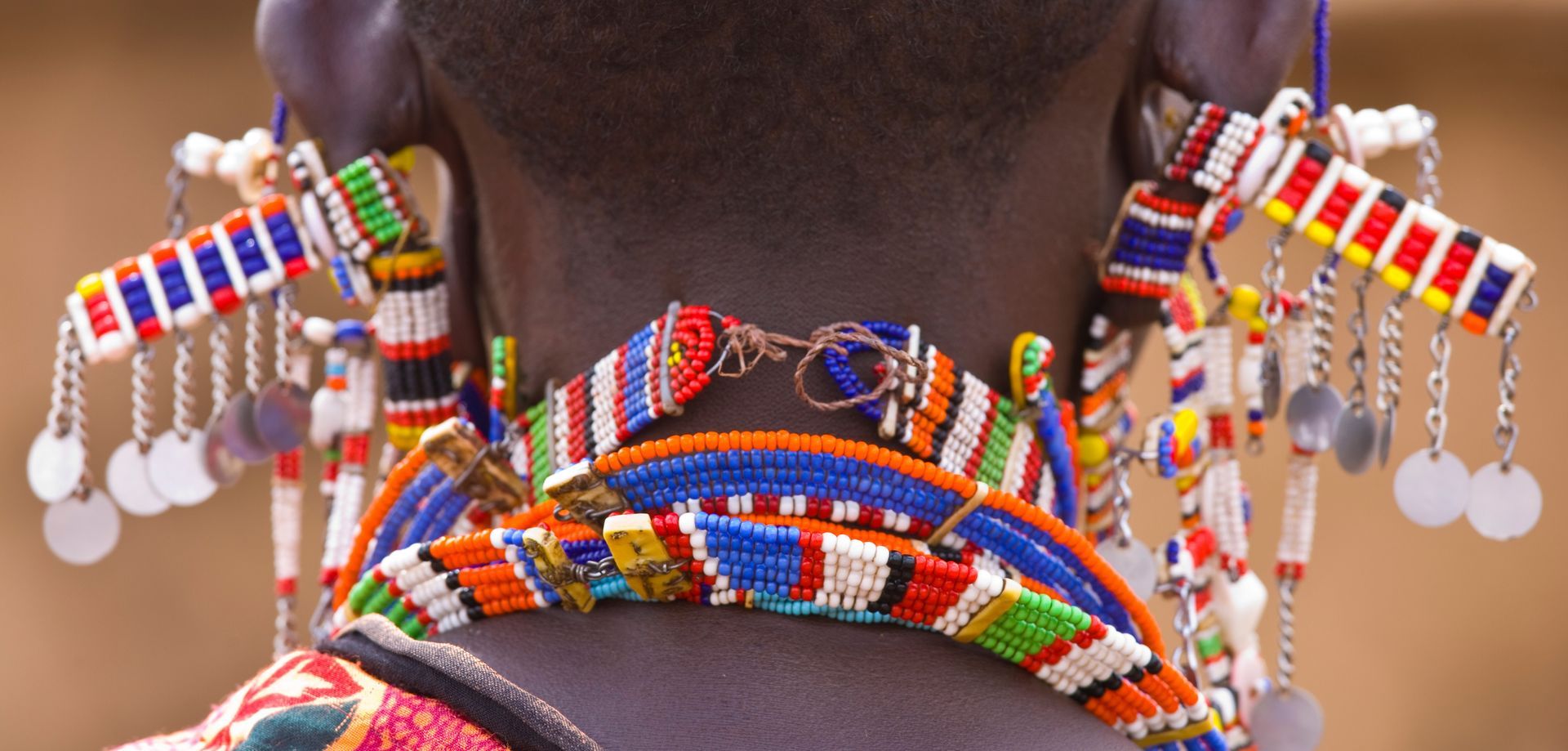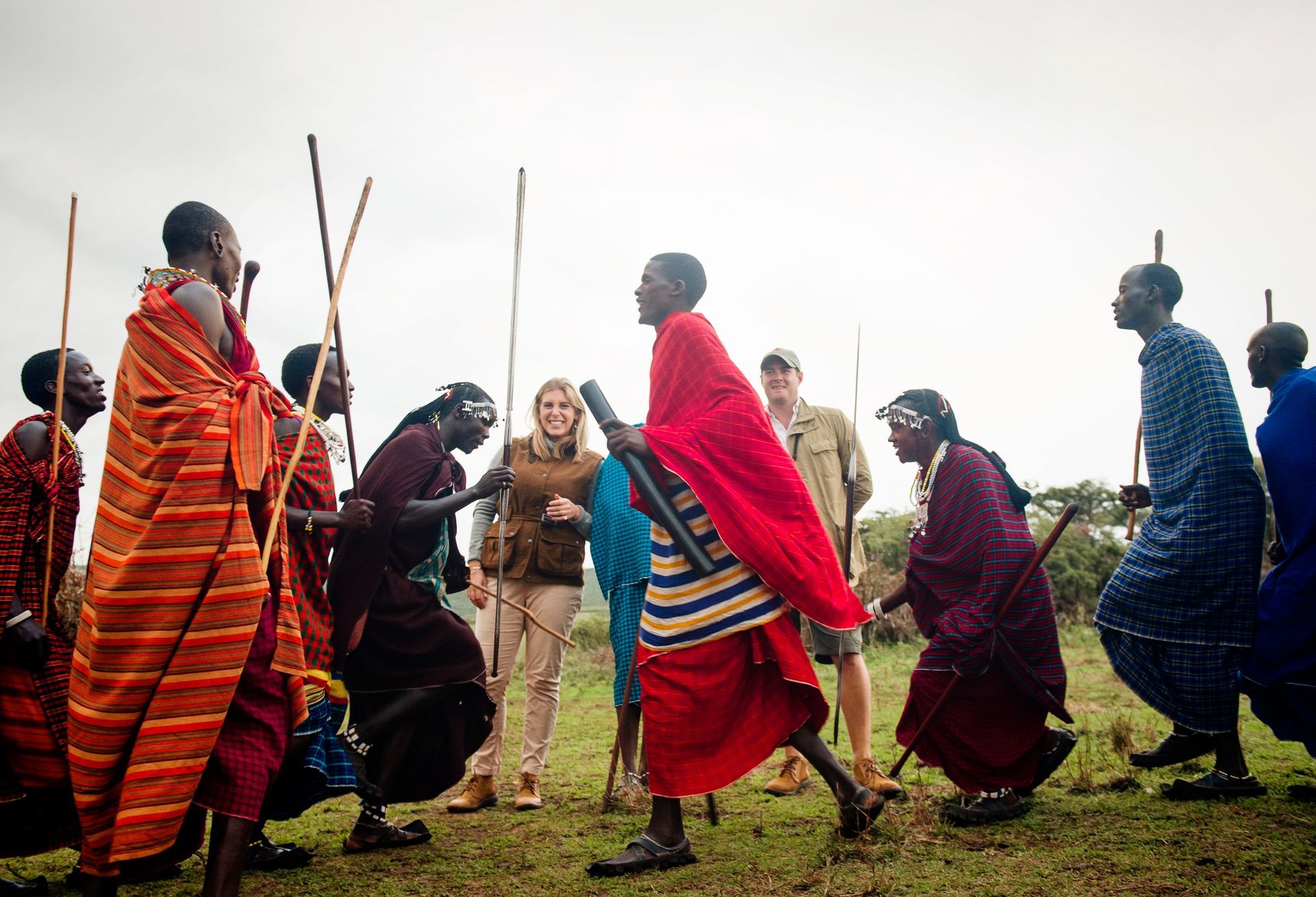Understanding the Serengeti
Explore this legendary national park with A&H
The Serengeti is not one single place, but rather a vast and varied landscape, with distinct regions that offer very different safari experiences depending on the time of year and what visitors most want to see. From the drama of the northern river crossings to the quiet, predator-rich plains of the south, choosing where to spend time in the Serengeti is one of the most important decisions in planning a truly rewarding safari.
At more than 14,000 sq km, the Serengeti cannot be experienced in its entirety on a single trip. Its size, diversity of habitats and changing seasons create a landscape that feels entirely different depending on where you go. Understanding the character of its main regions – north, central, south, east, and west – can help make sense of this remarkable wilderness and shape an itinerary that matches personal safari interests.
The northern Serengeti is famous for one reason above all others: the Great Migration river crossings. From July to October, this area becomes the stage for one of the most thrilling natural spectacles in Africa as hundreds of thousands of wildebeest and zebra gather to cross the Mara River, risking crocodile-filled waters and predatory ambushes along the way.
This is where the classic scenes of the migration are filmed, and in these months the region draws visitors from all over the world. Outside of this season, the north becomes much quieter, and resident game like giraffe, elephant, and lion remain. The landscape here is rolling and open, studded with hills and granite kopjes, and feels less densely packed with safari vehicles than the busier central areas.
Central Serengeti – the Seronera region – is the most visited part of the park, and for good reason. Its year-round water sources and mixed terrain of grassland, woodland, and rocky outcrops support a consistently high concentration of wildlife. This is the best place to see leopard and cheetah at almost any time of year, and the resident lion prides are famously large and visible.
The Seronera area is also where many of the permanent lodges and tented camps are located, making it a natural hub for first-time visitors. However, in peak months the central Serengeti can feel busy, with many vehicles gathered around sightings. For some travellers, this density can take away from the sense of wilderness, but for others the guarantee of game action more than makes up for it.
The southern Serengeti is an entirely different proposition. From December to March, the migration herds move down to these short-grass plains near Ndutu and Kusini, drawn by the promise of fresh grazing. This is also where the wildebeest give birth and where you can see the magic of new life springing into action.
The landscape itself is wide, open, and elemental – a place of vast skies and rolling grasslands that seems to go on forever. Outside of these months, the southern plains are quiet and game viewing is less reliable, but for those who travel at the right time, this area offers one of the Serengeti’s most intense and rewarding wildlife experiences.
Less visited and more mysterious is the eastern Serengeti. This is a land of open plains and far fewer vehicles, particularly suited to those seeking remoteness and space. The wildlife here is more subtle – cheetah thrive on the open grasslands, and rarer species like caracal and serval can sometimes be seen. Birdlife is excellent, and the area’s seasonal pans attract flamingos after the rains.
For guests wanting to feel the Serengeti’s raw, unpeopled spirit, the eastern region offers a genuine sense of discovery. However, accommodation options here are fewer, and access can be more complicated, making this region best suited to those willing to venture away from the standard routes.
Often overlooked but no less fascinating is the Western Corridor. Stretching out towards Lake Victoria, this region of the Serengeti is defined by two important rivers – the Grumeti and the Mbalageti – which sustain a rich belt of riverine forest and attract a diverse array of wildlife. Between May and July, the migration herds pass through here on their journey north, providing dramatic sightings as wildebeest and zebra cross the Grumeti River – often watched closely by enormous crocodiles, some of the largest found in Africa.
Even outside the migration window, the Western Corridor has much to offer. The riverine environments support resident populations of hippo, elephant, and buffalo, while the surrounding forests are home to colobus monkeys and an excellent variety of birdlife. This area also has a reputation for its large lion prides and regular leopard sightings, especially in the quieter months when visitor numbers are low.
Because of its location and habitat mix, the Western Corridor offers a safari experience that feels distinct from the open plains to the east or south. There is a sense of being on the edge of something wilder, closer to the forested zones of Lake Victoria, and the diversity of the ecosystem reflects this. It's also a good option for those wanting to explore less-frequented parts of the Serengeti while still enjoying excellent wildlife densities and the occasional drama of river crossings.
Of course, these regions are not isolated from each other. The migration moves between them in an ancient, instinctive cycle shaped by rainfall and grass growth. A well-planned safari may combine two or even three regions depending on the season, allowing travellers to experience both predator-rich territories and the great herds. Timing is everything. Those wanting to see the drama of the river crossings need to be in the north in the middle of the year; those fascinated by predator action should head south in January or February to take advantage of the calving season in and around Ndutu, for example.
For classic game drives with reliable big cat sightings, the central Serengeti remains a strong bet at almost any time. For solitude and space, the east offers rare rewards. And for an atmospheric blend of river, forest, and plains, with the bonus of migration river crossings minus the northern crowds, the Western Corridor is an excellent and underrated choice.
There is no single "best" part of the Serengeti – only the best part for the experience each guest is seeking. First-time safari goers may find the central area reassuringly rich in sightings, while seasoned travellers may lean towards the south or east for a wilder, less predictable experience. Photographers may time their trips for the light and drama of the north, while those after a quieter migration spectacle may be delighted by the Western Corridor’s hidden drama on the Grumeti.
The key is to think of the Serengeti not as one destination, but as a collection of evolving landscapes – each with its own mood, its own wildlife patterns, and its own rewards. Chat to our team of talented travel designers to find out more!
